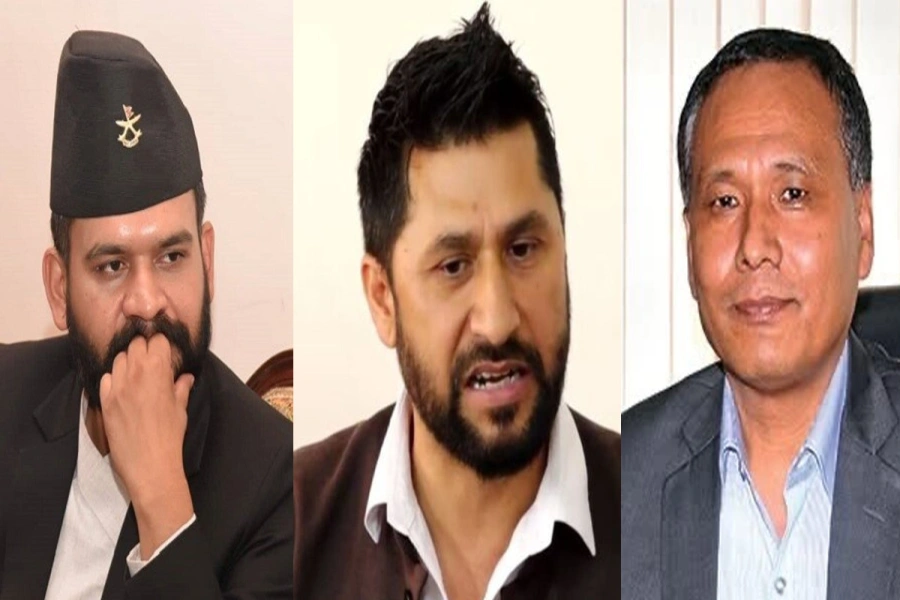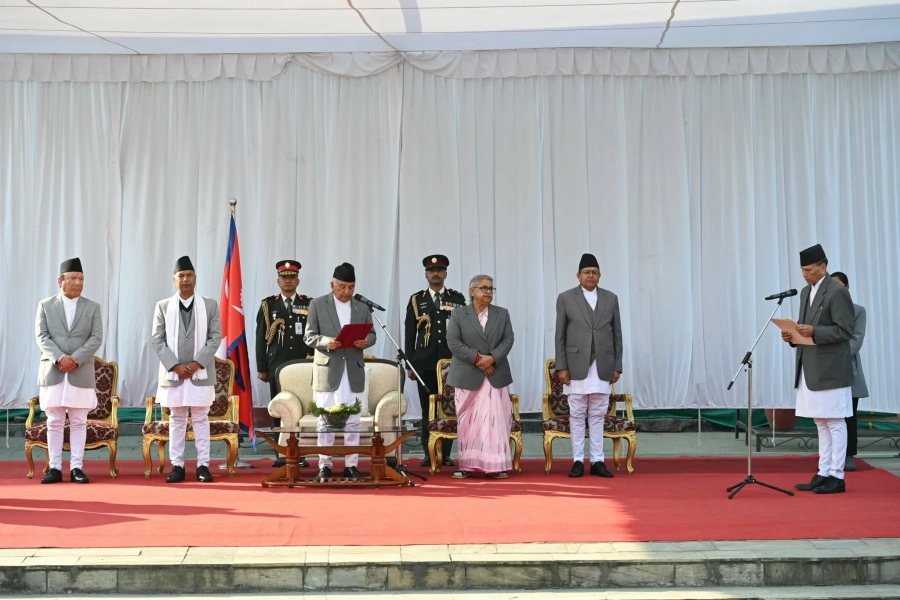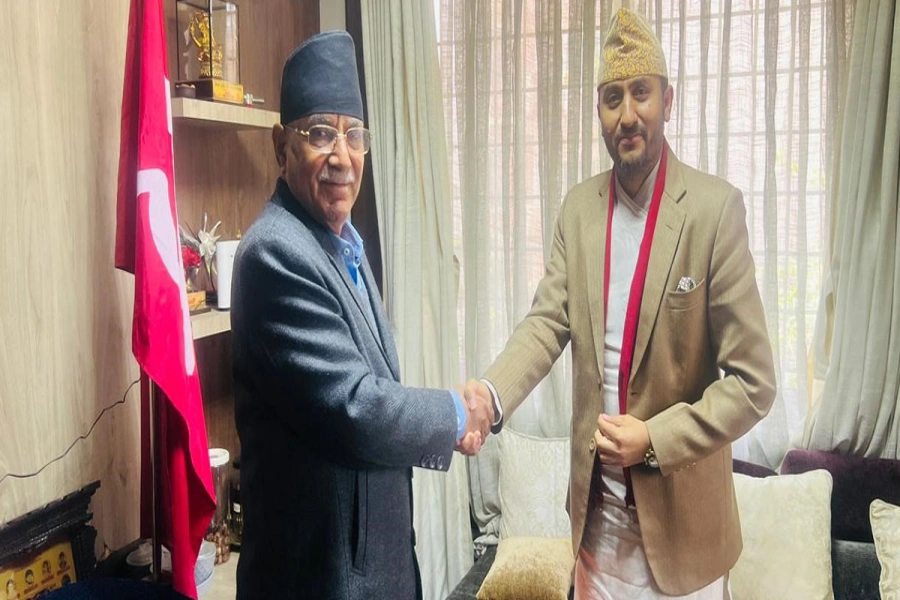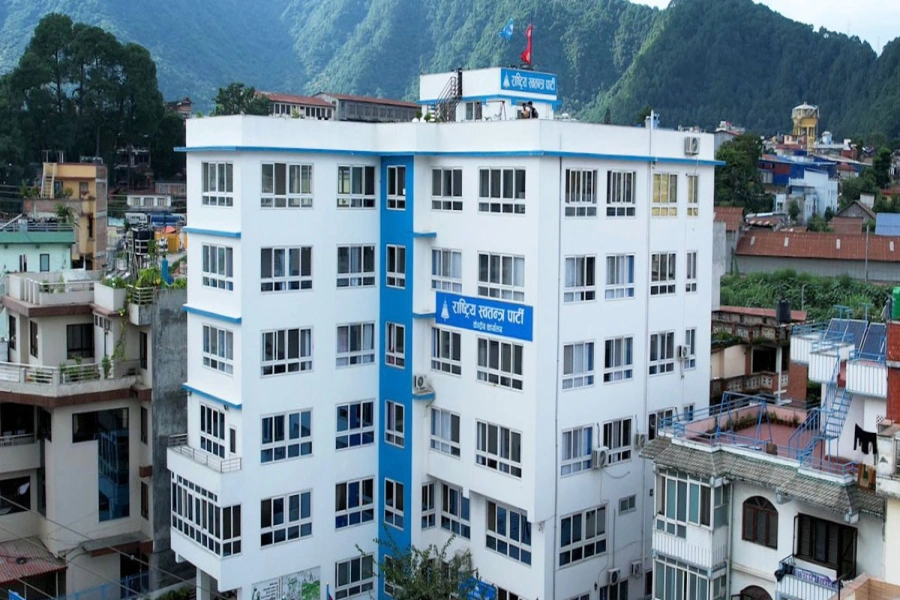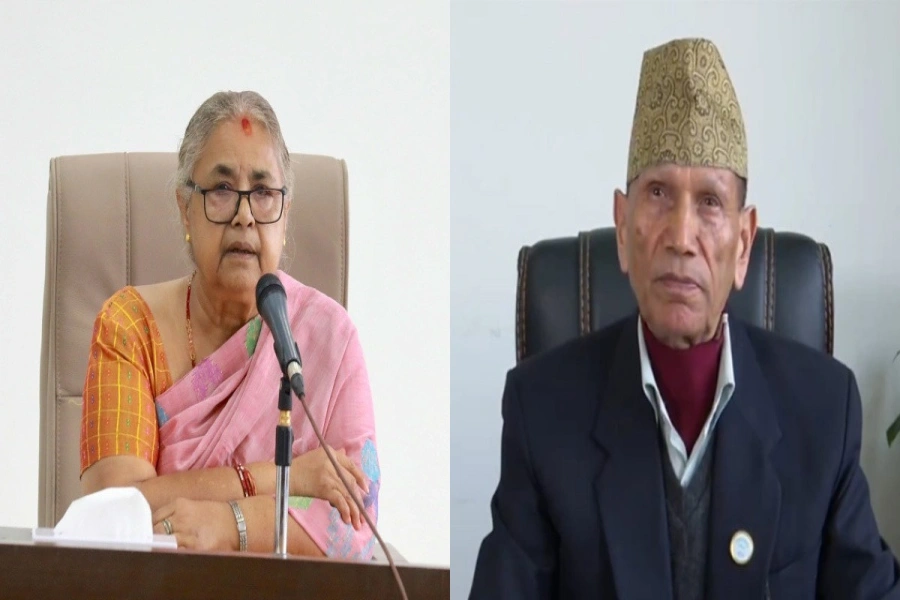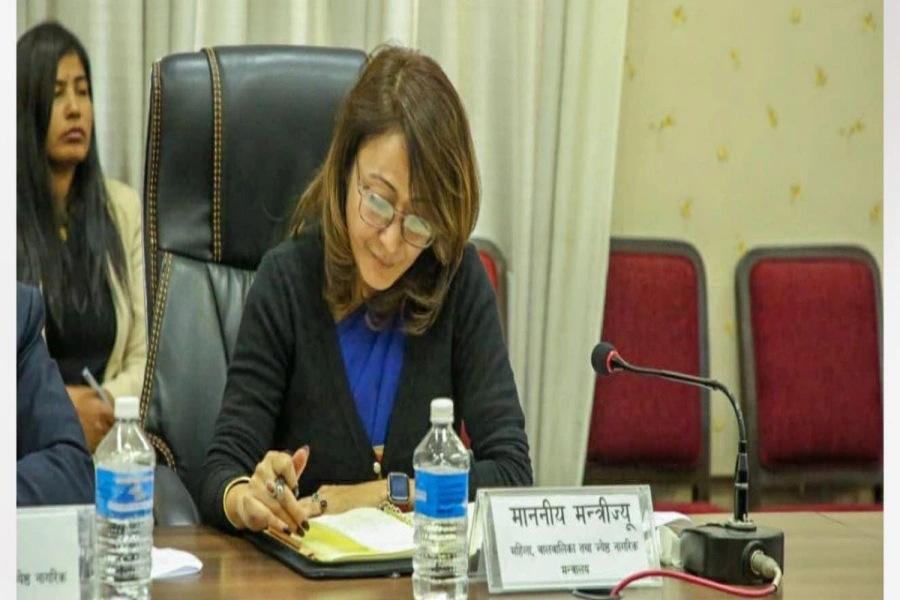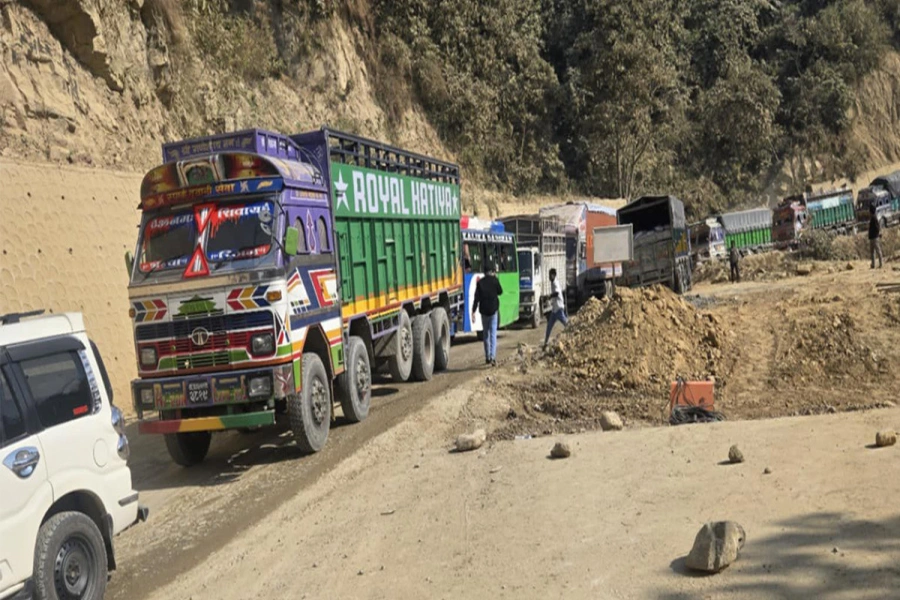The results of India’s biggest parliamentary election are talks of town across the world. Indian Prime Minister Narendra Modi’s Bharatiya Janata Party (BJP) has secured astounding back-to-back victory in the lower house of parliament since 1984. With this, Modi is set to become the prime minister of the world’s largest democracy for the second five-year term as well. Message of congratulations—from US President Donald Trump to Chinese president Xi Jinping to Nepali Prime Minister K P Sharma Oli—are pouring in for him wishing him success for the second term. We hope his second term in office will mark the best of the times for India, Indian people and countries in South Asia. His victory is being keenly watched across the world at a time when the global politics is at the cusp of being polarized between world’s two largest economies—China and the US. The role India will play and the power it will assert in global politics is expected to have a considerable bearing in balancing ties in world politics.
Modi TV, Modi app, Modi rallies: How brand Modi plays in Indian...

Right after being elected prime minister in 2014, Modi had given the strong message in South Asia region that his focus will be on the neighborhood. Modi took the ‘neighborhood first policy’ and invited the heads of governments and states of South Asia in his swearing-in ceremony. That was the best gesture liked by countries in South Asia. But his neighborhood policy is perceived not to have met with success, for in the subsequent years India’s relations with South Asian countries—particularly Sri Lanka, the Maldives, Pakistan and, most notably, Nepal remained fraught with troubles. For one, SAARC process got completely derailed. With fraught ties between India and Pakistan, the SAARC process still remains uncertain. Reinitiating SAARC process is the first order for South Asia at the moment. And Modi as the prime minister of the largest economy of the region can take the lead in the process.
In Nepal, Modi evokes bitter-sweet memories. When he visited Nepal the first time in 2014, he was greeted with welcome all around. His speech at the then Constituent Assembly generated high level of optimism for renewing Nepal-India ties on a high note. Modi is the one who visited Nepal for the first time soon after he became Indian Prime Minister ending 17 years of gap of visit by Indian prime minister. After that he visited three times in his first term itself. The respect and regard Nepalis showered on him, however, nosedived in 2015, when Nepal faced five months long border blockade. Year 2015 was the worst time for Indo-Nepal relation. But under his leadership, the relations between the two countries came back on normal track again. Today, Nepali Prime Minister K P Sharma Oli and his Indian counterpart are said to be enjoying the best of the relations. We believe that Modi’s reelection as Prime Minister of India will become the defining moment for the two countries to sort out the differences and move on with renewed mutual trust and confidence. Under Modi’s leadership in India and under Oli’s leadership in Nepal, Eminent Persons’ Group (EPG) had been formed to study thorny issues, including those related to border management and revising treaty of 1950, and recommend measures to sort them out amicably. The EPG has already prepared its report but it is yet to be submitted to prime ministers of two countries, due, largely, to apparent unwillingness of Modi to accept the report. We believe EPG recommendation can find meaningful settlement during his second term. Modi’s victory could be a significant moment to take Nepal-India relations to higher pedestal. On that note, we extend congratulations and best wishes to Modi and his Bharatiya Janata Party.















